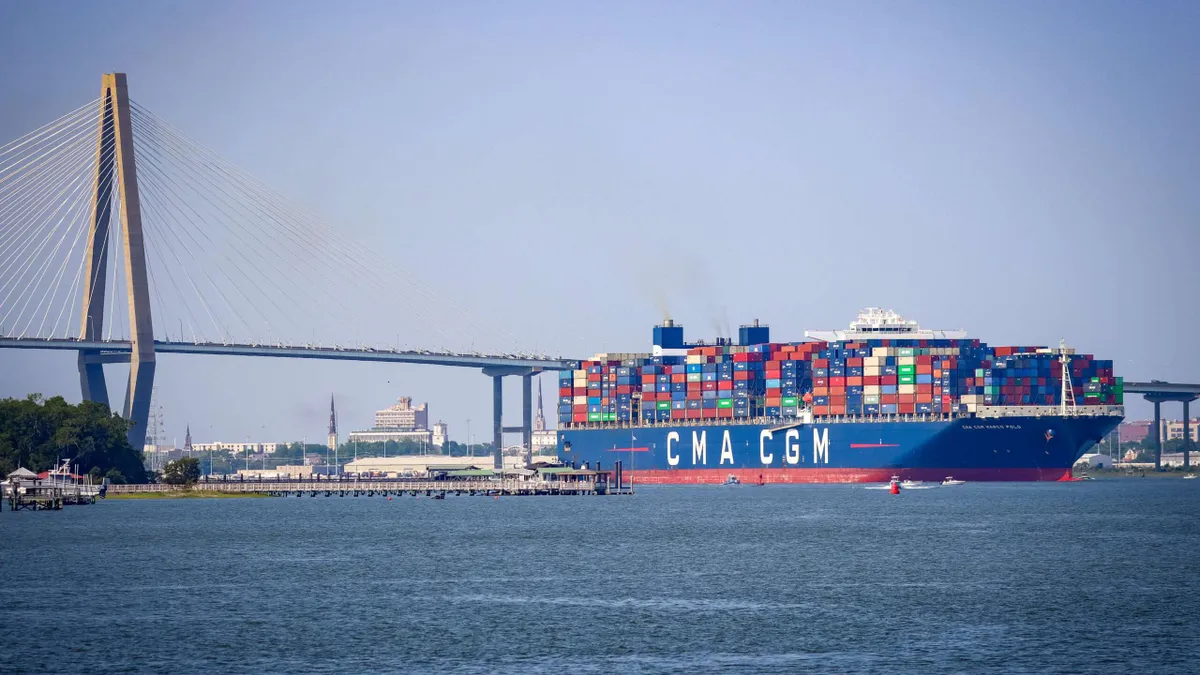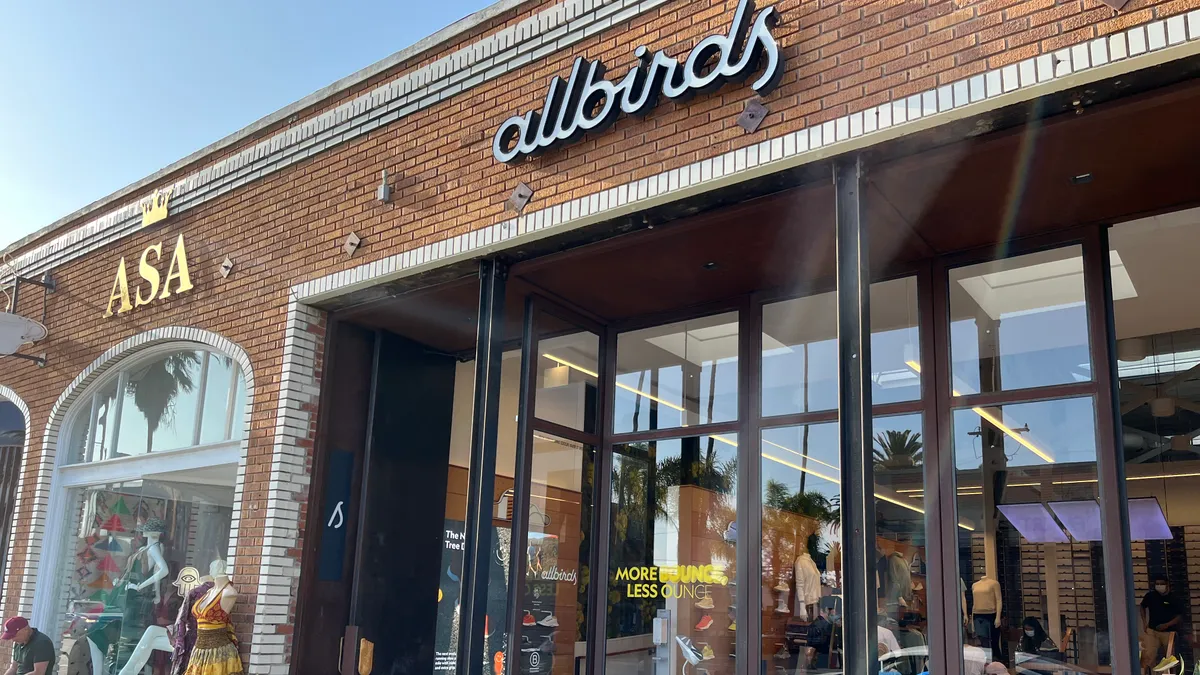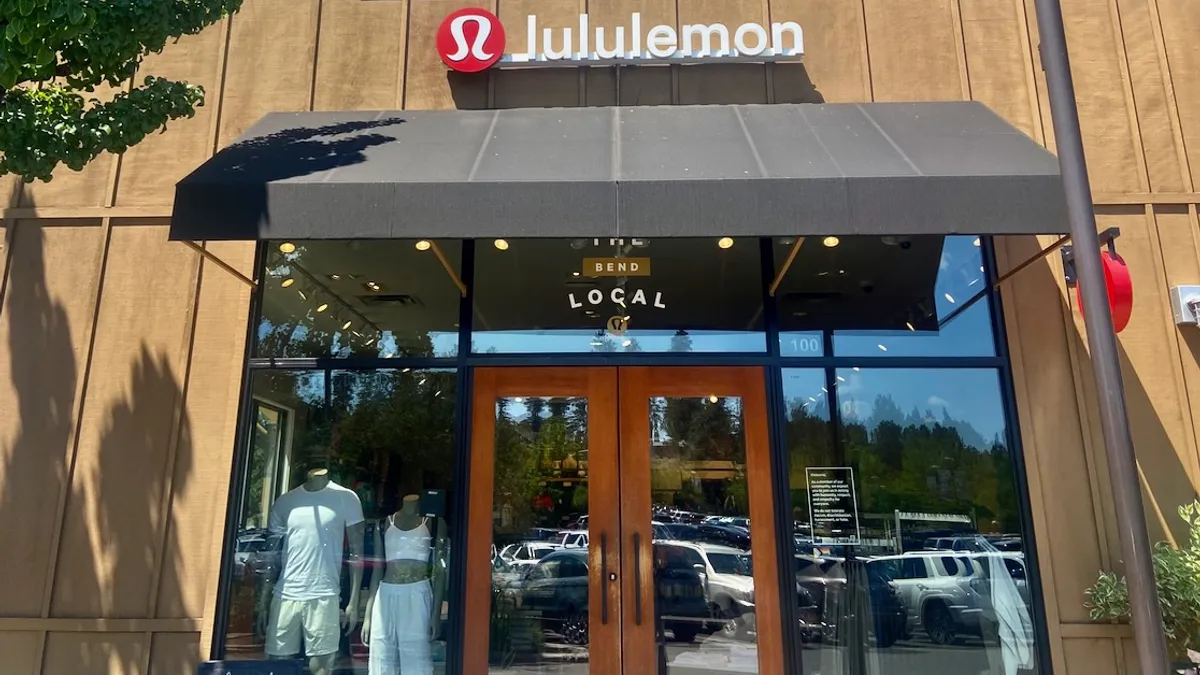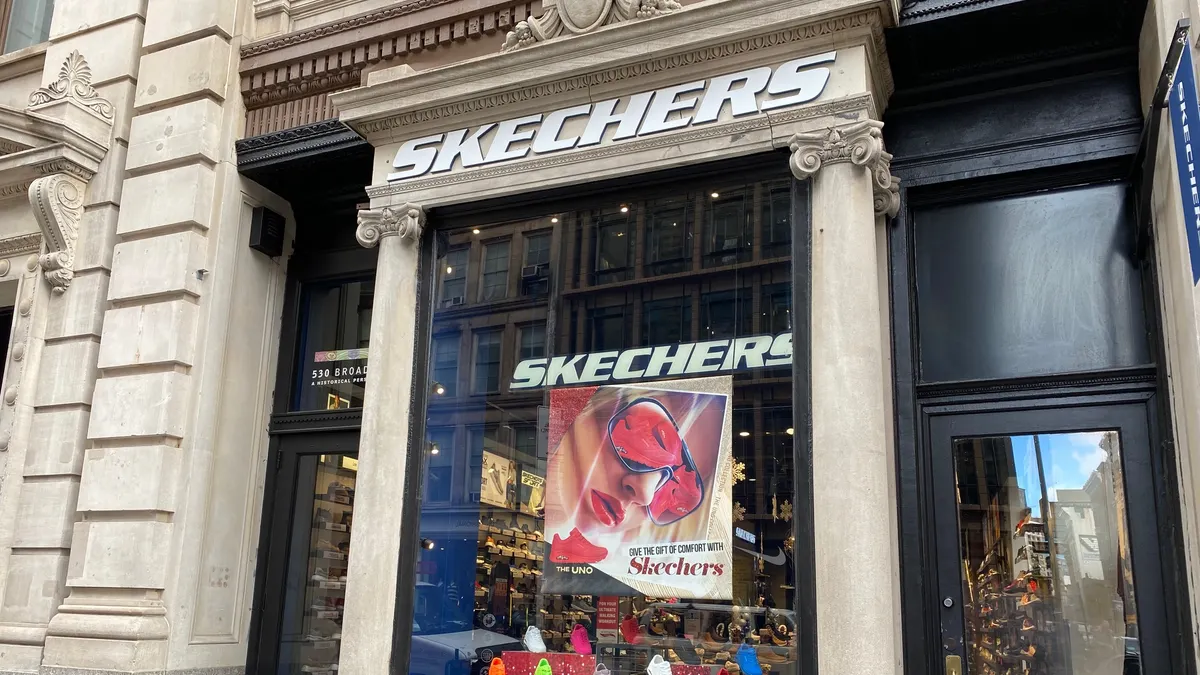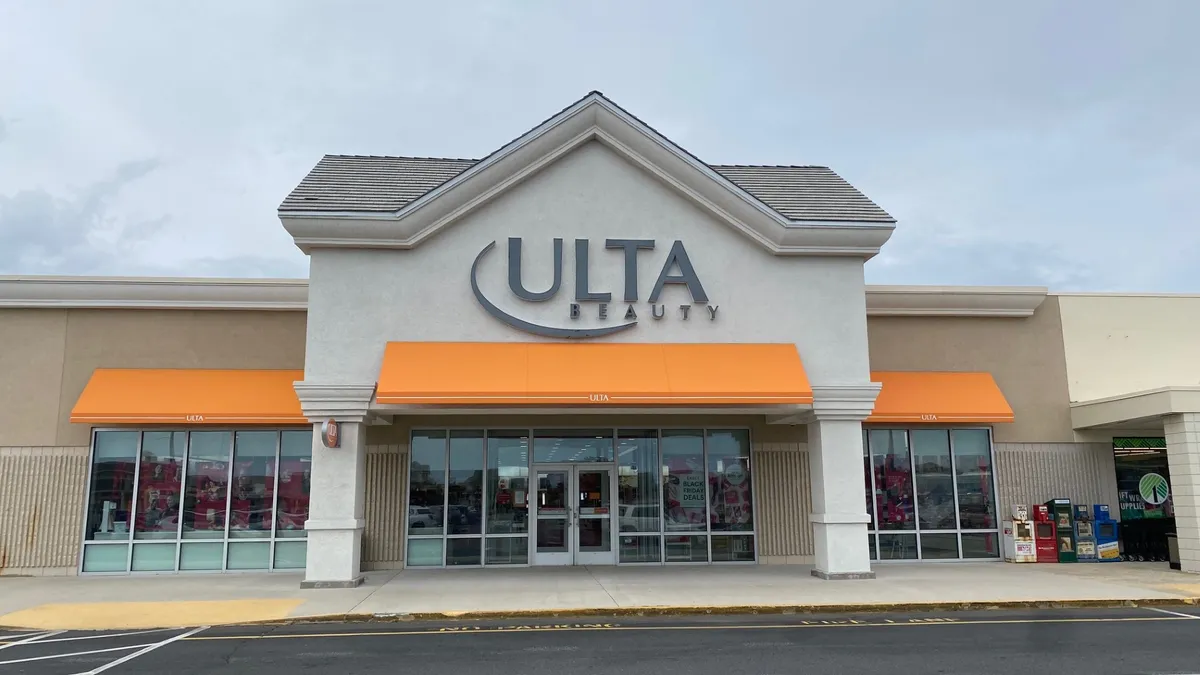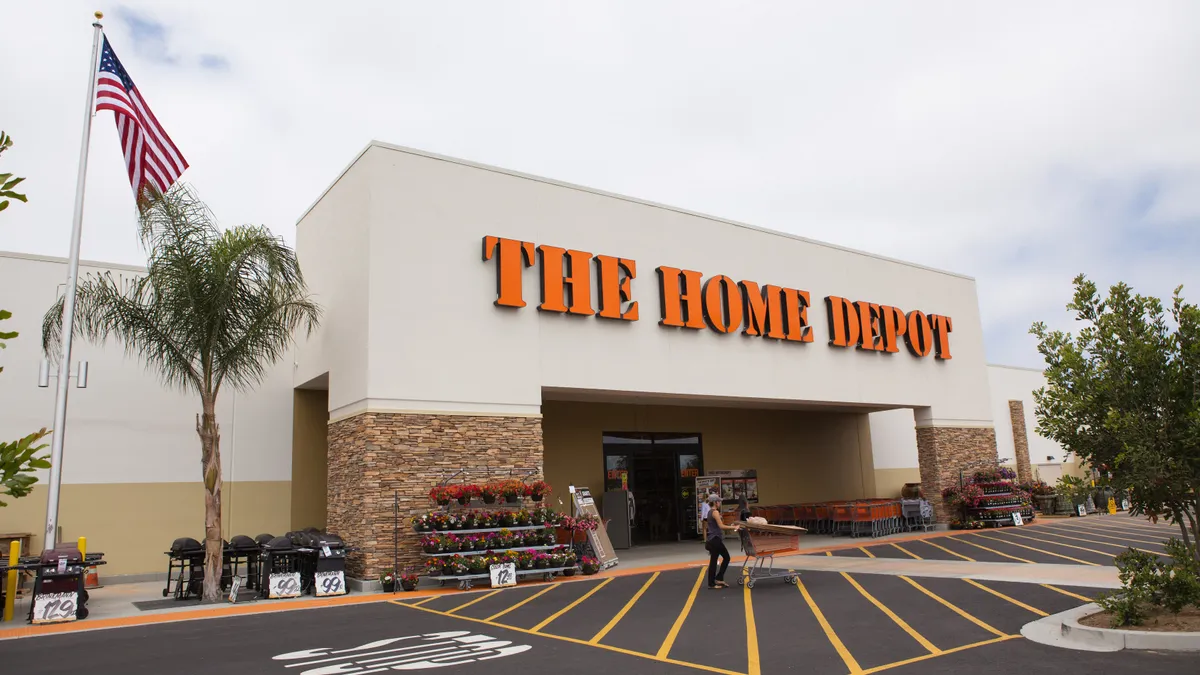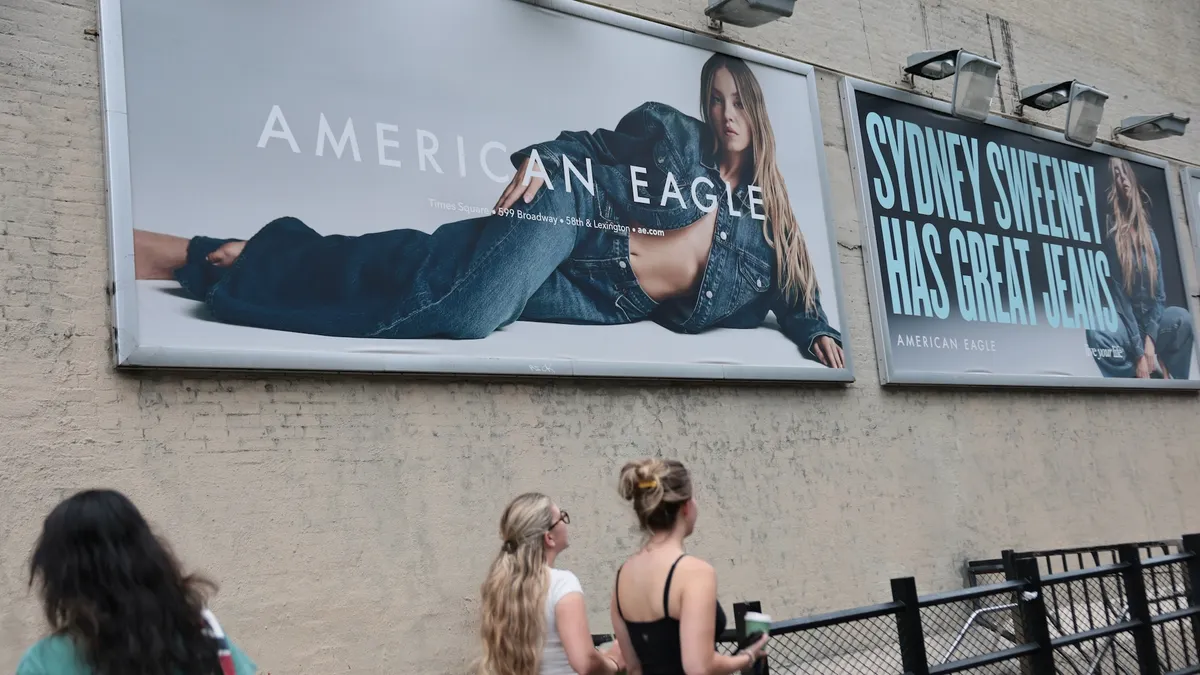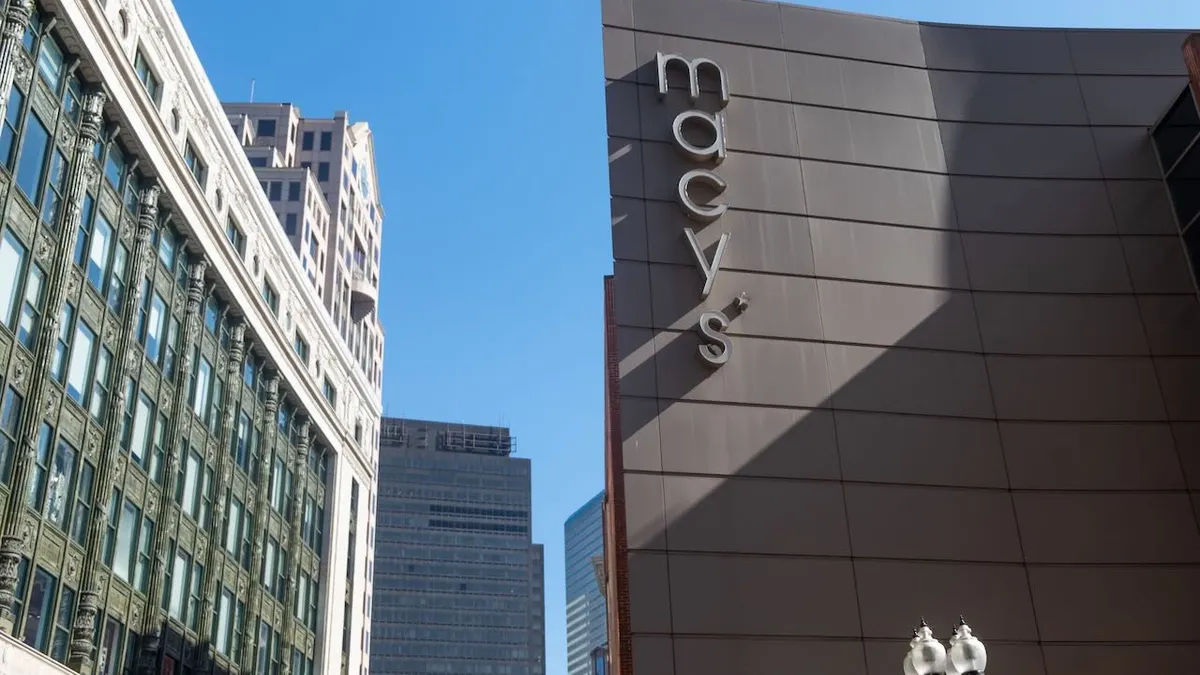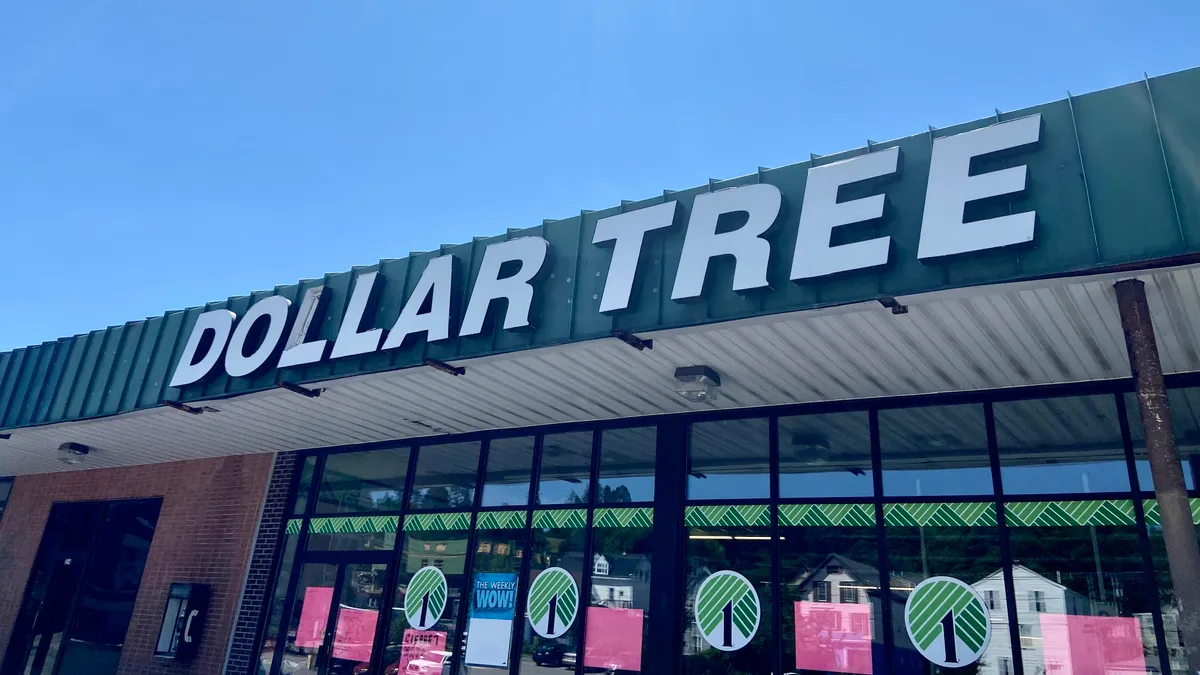As President-elect Donald Trump’s second administration approaches, the reality of how he will develop and implement tariff policies will come into sharper focus.
Retailers and the industry are beginning the new year after facing varying challenges. They include sustained inflation, consumer reticence — and sometimes inability — to spend on discretionary merchandise. Other retailers spent the year trying to execute on turnaround plans. Some, like Party City and BuyBuy Baby, didn’t survive. Others, like Big Lots and Joann, are starting the new year on shaky ground.
While many details remained in flux, here's a look at some of what’s known and what to expect regarding how Trump’s proposed tariff plans may reshape the retail industry for companies and consumers.
Are tariff changes just around the corner?
During his campaign, President-elect Trump said he would impose across-the-board 20% tariffs on global U.S. imports, 25% on goods from Canada and Mexico and a 60% tariff on goods from China. Trump rejected claims from a Washington Post report earlier this month that he and his leadership would narrow the scope of the proposed tariffs, according to media reports.
Then on Tuesday, less than a week before being sworn into office, Trump said he would create an external revenue service. The agency would be responsible for collecting tariffs from foreign sources and that the U.S. “will begin charging those that make money off of us with Trade, and they will start paying, FINALLY, their fair share,” Trump said in a social media post.
If established, it’s not yet clear how the new agency would align its work with U.S. Customs and Border Protection, which currently collects tariffs and enforces existing rules.
Regardless if Trump’s tariff plans are implemented, virtually all sectors of retail that rely on imports will be directly affected, Nick Egelanian, the president of retail development firm SiteWorks, told Retail Dive in an email. The proposed 60% Chinese tariffs are significant, Egelanian said, “as about 85% of all our consumer manufactured goods come from there, whether they are headed to Walmart or Nordstrom.”
Electronics, apparel, dollar stores likely to take big hit
Tariffs will affect every sector of retail but some segments of the industry will feel it more than others, Neil Saunders, managing director of GlobalData, said in an email.
“Electronics, for example, is fairly low-margin and relies on components from across the world — so it would be badly affected by tariffs,” Saunders said, “Apparel would be hard hit, but due to seasonal production runs, there is more flexibility to change production location if needed.”
Egelanian noted that some retailers, including fashion apparel brand Steve Madden, are cutting sourcing in China and moving it elsewhere to avoid taking a tariff hit.
Best Buy CEO Corie Barry said during a November earnings call that about 60% of its cost of goods sold came from China.
To mitigate the effects of tariffs, Barry said the company was considering bringing products in ahead of the tariff implementation. Barry also acknowledged customers will bear some of the cost of the tariffs. The retailer also planned to make decisions regarding several related issues, including vendor and SKU assortments, promotional and pricing strategies and sourcing changes.
Dollar stores will also feel the impact since most of their offering relies on cheap supply chains fed by Chinese manufacturing. Saunders said Five Below, Dollar General and Dollar Tree will likely feel tariff-related pressures due to their low prices, which leave minimal margin to absorb cost increases. “If they pass on higher costs to consumers in the form of higher prices, they might see pressure on sales.”
During a December earnings call, Dollar Tree’s recently appointed CEO Michael Creedon said the effects of the potential tariffs were unclear. Still, the company has plans in place to move supply sources to other countries. Creedon also said the company may change product specifications, discontinue select items or negotiate with suppliers to lower costs — strategies it employed when the company last dealt with tariff issues in 2018 and 2019.
Elsewhere in the dollar store segment, Five Below said it reengineered some products, changed its assortment and collaborated with vendors to work through tariffs imposed in 2018 and 2019 during Trump’s first term in office. It also moved product sourcing to other countries and did increase some prices, mostly for its tech-related products, then-interim CEO Ken Bull said during a December earnings call.
After testing out higher price points, the company introduced its Five Beyond concept, which it has expanded in recent years.
Bull also said the company has a sourcing office in India and that it was working with vendors to mitigate the impact of tariffs.
How might consumers respond?
In a November report, the National Retail Federation looked at the estimated impact of tariffs on six consumer retail project categories — apparel, toys, furniture, household appliances, footwear and travel goods. In 2023, these products comprised 7% of U.S. imports. The study found American consumers’ spending power would decline by $46 billion to $78 billion annually each year tariffs are in effect. That equates to a maximum of $7,600 higher costs per household each year, according to the study. With less to spend on other goods or services, the NRF estimated that the extra annual cost to families would range from $14 billion to $24 billion in those named categories.
Persistent inflation and now the possibility of tariffs “are a toxic brew for consumers,” Shawn Grain Carter, a retail industry consultant and professor at the Fashion Institute of Technology at the State University of New York, told Retail Dive in an email.
“The Trump tariffs are simply another tax on all consumers in America,” she said. “His proposal for a 60% tax on Chinese imports and taxes on goods from Canada and other nations certainly does not bode well for any American consumer.”
So, faced with tariff-induced price bloating, Egelanian said lower income consumers, who comprise over half of the U.S. consumer base, will probably move to buy lower cost alternatives before curtailing consumption altogether. There’s also the possibility that shrink or theft may rise as the level of consumer pain increases, Egelanian said.
However, Saunders said the outcome for consumers might not be totally bleak.
“Given that the customer has limited capacity to deal with higher prices, they will likely trim volumes and buy less,” Saunders said. “That said, if the Trump administration provides tax cuts and improves household finances, the situation may balance itself out with limited impact.”
What else are retailers saying and doing?
Retailers began monitoring and commenting on the tariff situation during the last several months. Many also said they’re taking preemptive actions and setting plans into motion to respond to the changes.
“On the retailer side, this is a huge topic of conversation, and almost every retailer is planning for tariffs,” Saunders said. “For some, this means looking at alternative sourcing locations; for others, it’s assessing how to reduce costs in the supply chain; and for others, it’s looking at the impact on prices. Many retailers will use a combination of things to deal with tariffs – but very few retailers will be able to avoid them or ignore them completely.”
For example, Lowe’s moved to diversify its supply chain after tariffs imposed during Trump’s first term in office. But the company said in November about 40% of its assortment was still sourced from overseas.
Ted Decker, CEO of rival Home Depot, said that whatever happens regarding the issue “will be an industry-wide impact, it won’t discriminate against different retailers and distributors who are importing goods. The type of product as an industry is generally sourced from the same countries.”
Target has seen negative indicators regarding the company’s “strategic readiness for possible tariffs,” analysts with Roth MKM said in a November note.
Finally, retail’s off-price segment might be insulated from the negative outcomes of added tariffs. The reason, analysts and some of the companies said, is many businesses in the sector source most of their inventory from within the U.S.
“The only way to mitigate this looming disaster is for retailers and manufacturers to negotiate and for retailers to source their goods more widely beyond China,” Carter said. “Consumers must budget wisely and shop around for the best deals that offer them a smart value proposition for their merchandise selections and their wallets.”



